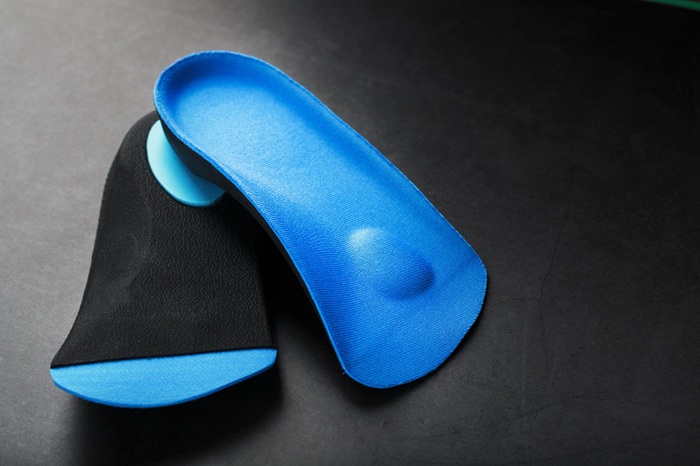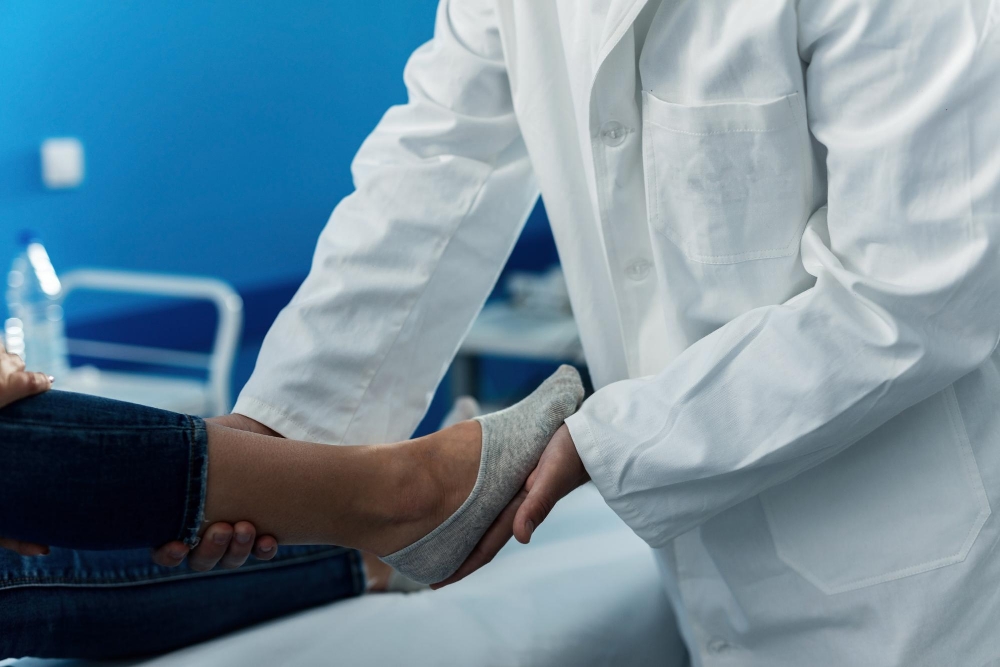Custom Made Orthotics
Orthotics are custom-made devices designed to support, align, prevent, or correct various foot and lower limb problems. They can be inserts, braces, or other devices worn inside shoes to provide additional support, cushioning, stability, or realignment for the feet and ankles. Orthotics can be prescribed by healthcare professionals like podiatrists or orthopedic specialists to address issues such as flat feet, high arches, plantar fasciitis, bunions, and other conditions affecting the feet and lower limbs. They aim to improve biomechanical function, reduce pain, and enhance mobility.
Custom orthotics can benefit individuals who experience a range of foot and lower limb issues, including:
Overall, custom orthotics are tailored to individual needs and can be beneficial for anyone experiencing foot or lower limb problems that affect their daily activities, mobility, or quality of life. Therefore, if you are suffering from any of the above it is vital to seek manual therapy (Chiropractic care, Physiotherapy) to not only be fitted for custom orthotics but to also receive manual care for the associated condition/symptoms.
Custom orthotics, also known as custom-made or prescription orthotics, are customized devices that address an individual’s foot and lower limb demands. After evaluating the person’s foot structure, biomechanics, and musculoskeletal concerns, they are made.

Custom orthotics can help in several ways:
Overall, custom orthotics offer a comprehensive solution for addressing a wide range of foot and lower limb issues, providing comfort, support, and improved function tailored to each individual's needs.
Orthotic appliances, often known as orthoses, are specialized devices or equipment used to support, align, stabilize, correct, or help the musculoskeletal system, notably the feet, ankles, and lower limbs. Healthcare professionals such as podiatrists, orthopedic specialists, or pedorthists prescribe and fit these equipment to treat a variety of ailments, injuries, or deformities.
Here are some examples of typical orthotic appliances:
The sort of orthotic device given will be determined by the individual’s diagnosis, symptoms, foot structure, biomechanics, and treatment goals. These devices are designed to improve foot function, relieve pain, increase mobility, encourage good alignment, and support the individual’s overall musculoskeletal health.
